ABHM Comments Policies
Share
About ABHM
Explore Our Galleries
Breaking News!
Today's news and culture by Black and other reporters in the Black and mainstream media.
Ways to Support ABHM?
What kind of comments are you looking for?
We look for articulate, civil, and well thought-out remarks that are relevant to the exhibit and stimulate engaging, respectful conversations.
Your unique insights into the issues and your feedback–positive or negative–about the exhibits are welcome.
That said, we will not tolerate personal attacks, obscenity, vulgarity, profanity (including expletives and letters followed by dashes), commercial promotion, impersonations, incoherence and SHOUTING. We want ABHvM to be a safe place for open dialogue.
Why do you moderate visitors’ comments?
Our goal is to generate a meaningful dialogue for and by a general audience, young and old. By screening submissions, we create a space where museum visitors can exchange intelligent, thoughtful, and informed commentary that adds to the exhibits.
We do not wish to censor, so most comments will be posted if they are on-topic and not abusive. The decision of how to moderate posts, however, can be complicated and subjective. We make them as carefully and consistently as we can. Because of the volume of visitor comments, we cannot debate individual moderation decisions with our visitors.
Personal attacks, obscenity, vulgarity, profanity (including expletives and letters followed by dashes), and SHOUTING will be re-posted in the exhibit Hateful Speech. Commercial promotion, impersonations, and incoherent comments will be rejected as not able to be posted.
Why do you ask for my city and state?
We, our visitors, and our funders are curious about the audience that ABHvM is reaching, and we assume that anyone who is serious about contributing to the dialogue will not be troubled by this minor request. If you are, don’t give this information.
When and where will my comment be displayed?
Since comments are moderated, they do not appear on the site until they have been approved. Comments are typically posted faster during business hours. Moderation can be less frequent in the evening and on weekends. Comments are displayed directly below exhibits. We also reserve the right to display comments in a variety of ways, including within the text of exhibits. As we stated above, uncivil comments will be posted as part of the Hateful Speech Exhibit.
Do you edit comments?
No. Comments are either approved, moved, or rejected. Correct spelling, grammar or punctuation are up to you.
Comments Are Welcome
Note: We moderate submissions in order to create a space for meaningful dialogue, a space where museum visitors – adults and youth –– can exchange informed, thoughtful, and relevant comments that add value to our exhibits.
Racial slurs, personal attacks, obscenity, profanity, and SHOUTING do not meet the above standard. Such comments are posted in the exhibit Hateful Speech. Commercial promotions, impersonations, and incoherent comments likewise fail to meet our goals, so will not be posted. Submissions longer than 120 words will be shortened.
See our full Comments Policy here.
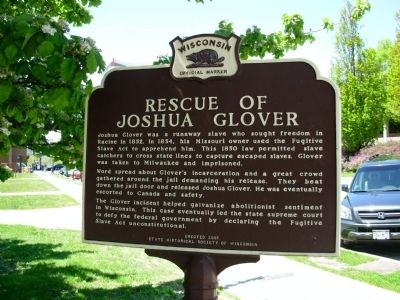
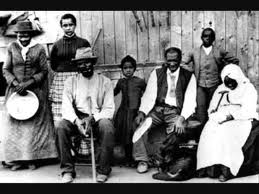
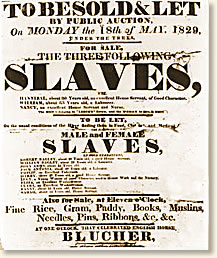


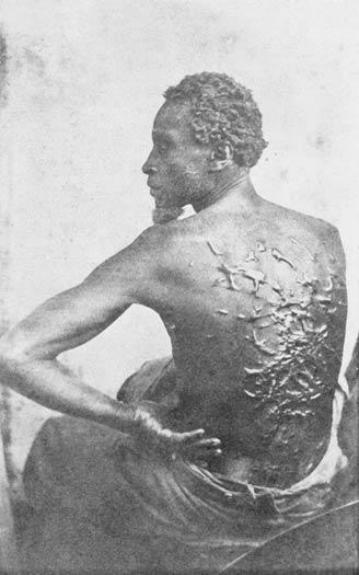
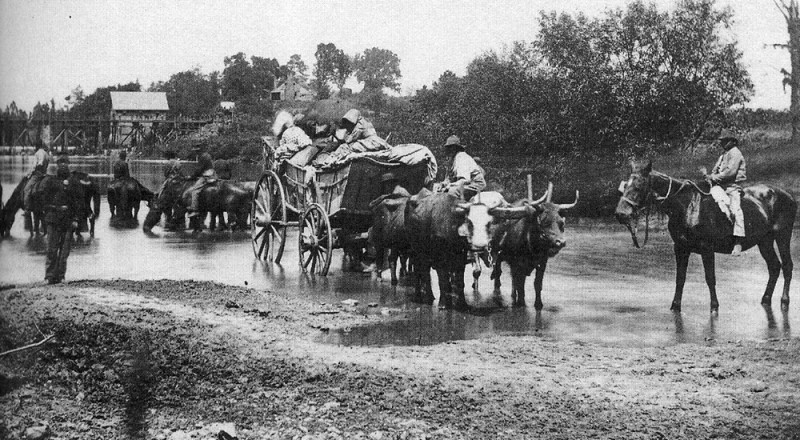
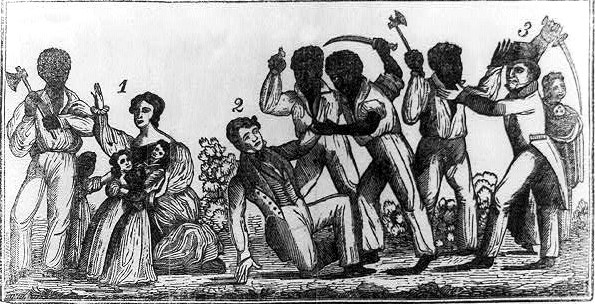



My town recently refurbished a Rosenwald school. I would like to learn about the educational materials used in these schools pre-segregation but don’t know where to look for information. Can you help me with resources.
Thank you for providing this news on a Rosenwald school. We do not have the information you seek but perhaps those people in your town who worked to refurbish the school could tell you. You might also want to check with the National Trust for Historic Preservation, the Guide to Preserving Rosenwald Schools, and the Fisk University collections. Best of luck in your worthwhile project! Dr. Fran